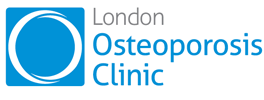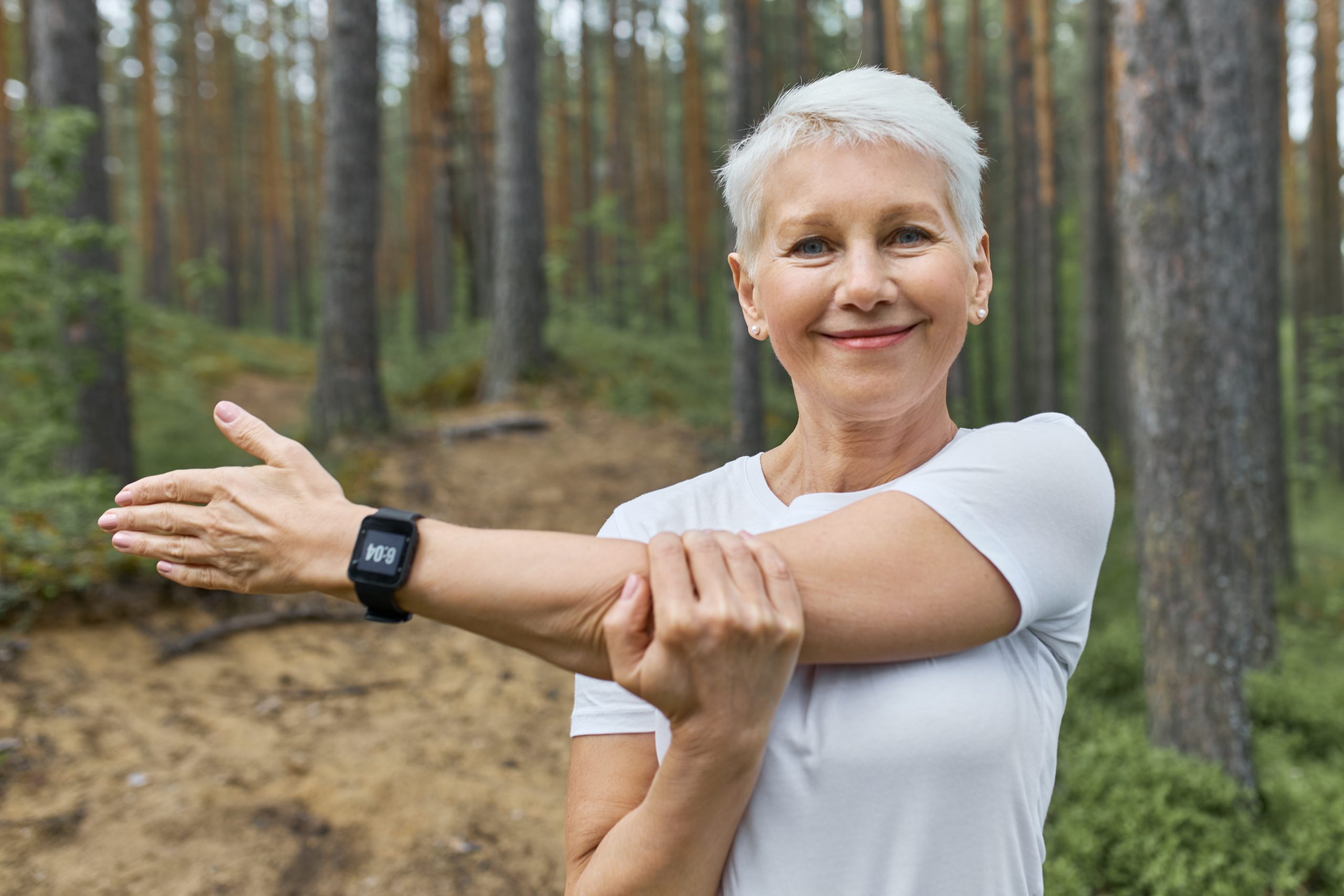Introduction
Every year on October 20th, the world pauses to shine a light on a silent threat: osteoporosis. But for many people, a broken wrist, hip, or vertebra arrives before anyone realises their bones were in danger.
This year, World Osteoporosis Day 2025 calls us to “Raise the Bar for Bone Health”—to go beyond awareness, to action. Whether you’re a patient, caregiver, clinician, or someone thinking ahead, this is your moment to learn: how do we detect risk earlier, prevent bone loss more effectively, and treat proactively before fractures occur?

In this article, we will:
- Explain what the 2025 campaign stands for and why it matters
- Share key UK & global data about osteoporosis and the treatment gap
- Offer practical, evidence-based steps you can take now
- Illustrate how London Osteoporosis Clinic (LOC) is aligning with this goal
- Invite you to be part of a movement toward stronger bones
By the end, you’ll have a clear, actionable plan—and understand why this World Osteoporosis Day should change the way we think about bone health.
Context & Importance
What’s the 2025 Theme & Why It Matters
The 2025 theme, “It’s Unacceptable!”, highlights a harsh truth: even though we have the knowledge and tools to prevent fractures, most patients with osteoporosis or fragility fractures remain undiagnosed and untreated. worldosteoporosisday.org The campaign demands closing that care gap—making bone health a priority in prevention, diagnosis, and ongoing management.
Despite affecting over 500 million people globally, osteoporosis continues to be overlooked. worldosteoporosisday.org+1 In many countries, as many as 80% of patients who sustain a fragility fracture receive no follow-up bone health care.
Globally, the burden of hip fractures is expected to nearly double between 2018 and 2050, as population ageing accelerates. osteoporosis.foundation The cost—in human suffering, disability, and healthcare resources—is enormous. In the UK alone, the Royal Osteoporosis Society estimates hundreds of thousands of fractures every year. Wikipedia+1
At London Osteoporosis Clinic (LOC), our philosophy is aligned with this campaign—we believe in raising the standard, not just treating when it’s too late. We aim to bridge the diagnosis gap, personalise prevention, and empower patients to take stronger bone health steps earlier.
Core Sections
The Reality: Silent Bones, Broken Lives
- Osteoporosis often progresses without symptoms until the first fragility fracture—a fall from standing height, minor bump, or even sneeze.
- Vertebral fractures are particularly neglected: many go undetected, yet they lead to height loss, pain, spinal deformity, and greater risk of future fractures.
- The post-fracture care gap is stark: many patients do not receive bone health assessment, prophylactic therapy, or follow-up. That perpetuates a “fracture cascade”—one break leading to another.
Key Pillars to “Raise the Bar”
1. Earlier Risk Identification & Screening
- Use tools like FRAX / QFracture to estimate 10-year fracture risk, even if bone density is not yet low.
- Promote DEXA / BMD scanning for those with risk factors (family history, early menopause, low BMI, steroid use, etc.).
- Advocate for systematic screening policies in primary care and post-fracture settings (i.e., fracture liaison services).
2. Prevention Through Lifestyle & Optimisation
- Exercise: weight-bearing, resistance training, balance and gait work.
- Nutrition: calcium, protein, vitamin D, magnesium, vitamin K2.
- Lifestyle: no smoking, moderate alcohol, maintain healthy weight.
These are fundamental and should be standard practice for everyone at risk, not just after diagnosis.
3. Timely Therapeutic Intervention
- When risk is moderate to high, begin antiresorptive therapies (e.g., bisphosphonates, denosumab) before catastrophic loss.
- Newer agents—anabolic therapies—may be used in high-risk patients to rebuild bone.
- Personalise choice based on patient age, comorbidities, fracture history, and preferences.
4. Post-Fracture Care & Follow-up
- All fragility fractures should trigger an assessment & care pathway (Fracture Liaison Service model).
- Monitor adherence, side effects, and re-assess bone density / risk periodically.
- Integrate physiotherapy, fall prevention, muscle health (sarcopenia overlap) to reduce future fracture risk.
How LOC is Raising the Bar
- We provide comprehensive bone health assessments, including DEXA scans, blood tests, risk scoring.
- We design personalised prevention plans combining exercise, nutrition, lifestyle, and when needed, medication.
- We commit to post-fracture protocols and liaise with local hospitals, GPs, and specialists to ensure continuity of care.
- We are working to partner with national osteoporosis awareness campaigns, leveraging World Osteoporosis Day to educate patients and public.

Case Story: Raising the Bar in Practice
Consider Ms. A, aged 58, with no fractures but several risk factors (early menopause, low BMI, family history). Her initial DEXA was “osteopenic” not “osteoporosis.” Rather than waiting, we initiated a combined plan: strength training, calcium & vitamin D optimisation, and low-dose bisphosphonate therapy. Over 3 years, her bone density improved, and she’s remained fracture-free and active in daily life.
This illustrates how raising the standard earlier can shift outcomes meaningfully.
Conclusion
This World Osteoporosis Day 2025, the message is clear: “It’s Unacceptable!” that millions remain undiagnosed and untreated when we have the tools to intervene. But each one of us—patients, clinicians, caregivers—can raise the bar for bone health.
Start by knowing your risk, push for screening and assessment, adopt bone-protective lifestyles, and don’t hesitate to discuss preventive treatment if your risk warrants it. A fractured bone is a missed opportunity; we want to intervene before it happens.
At London Osteoporosis Clinic, we stand ready to partner with you—through assessments, personalised plans, and continuous support—to raise your bone health standard. Let’s make this World Osteoporosis Day more than a slogan. Let’s turn awareness into action.
👉 Book your bone health consultation today.
👉 Explore our bone health blog for lifetime blueprint for bone health.
Together, we can make bone health non-negotiable—not optional.


